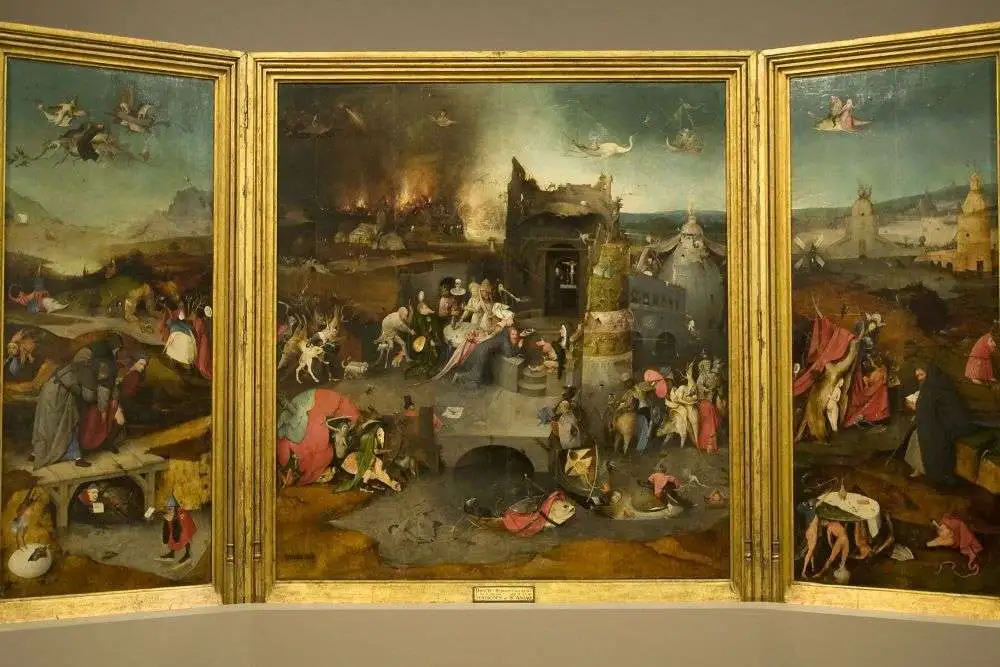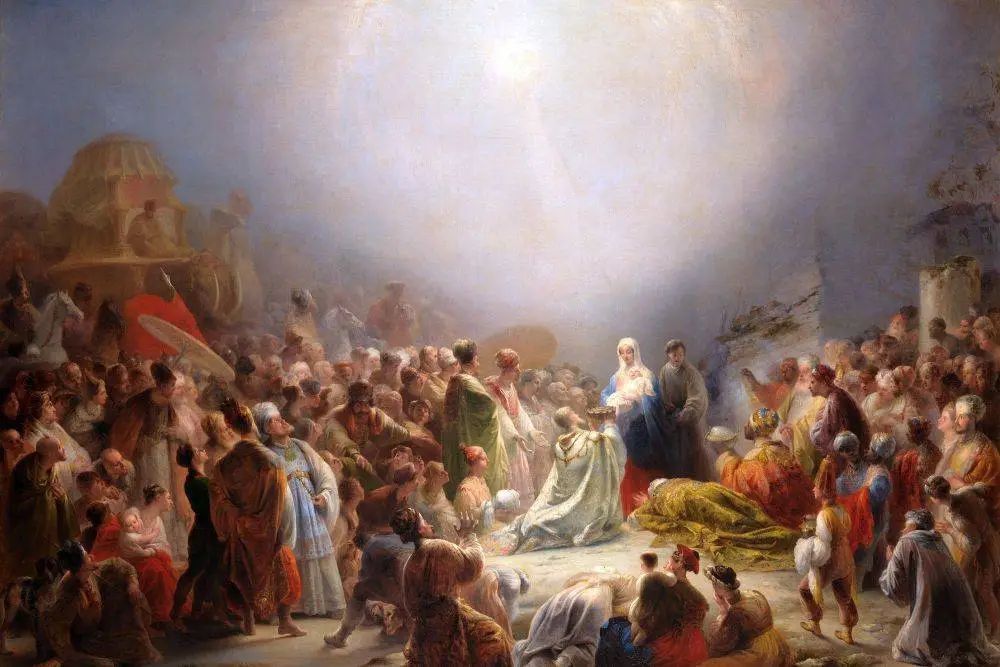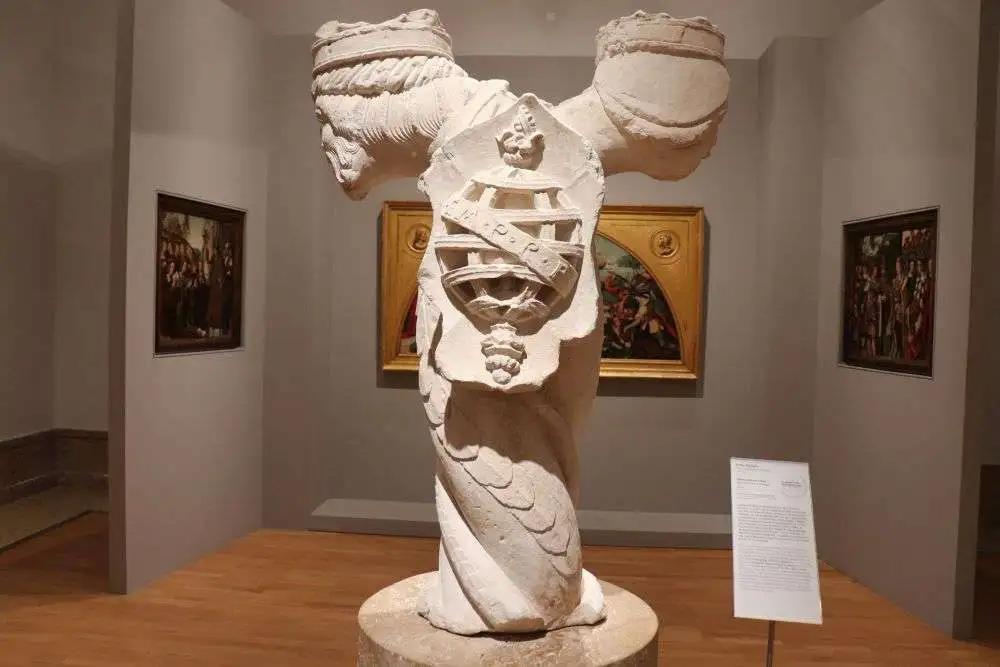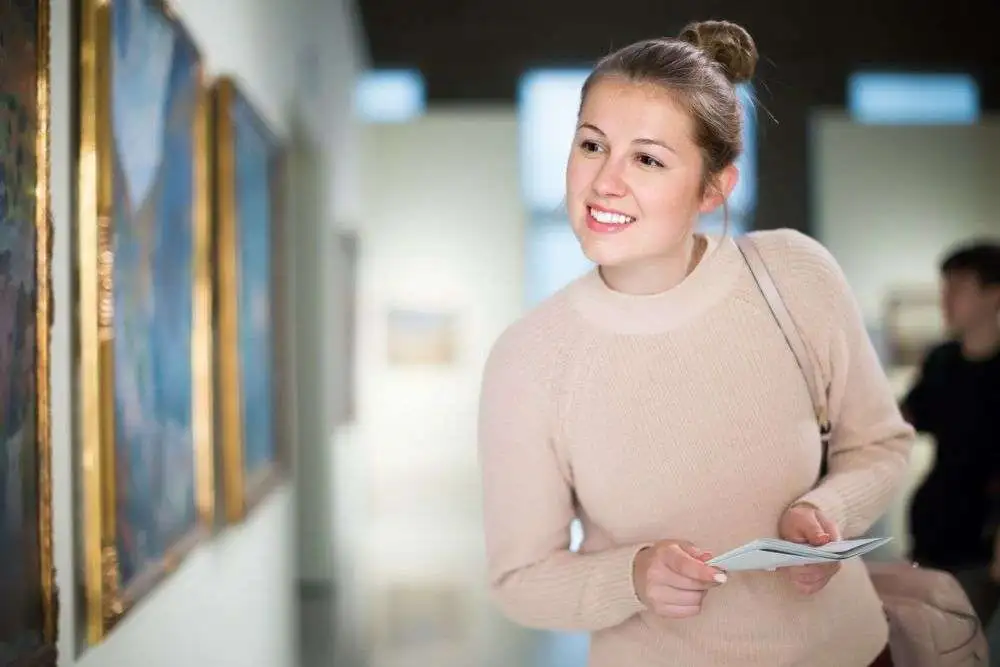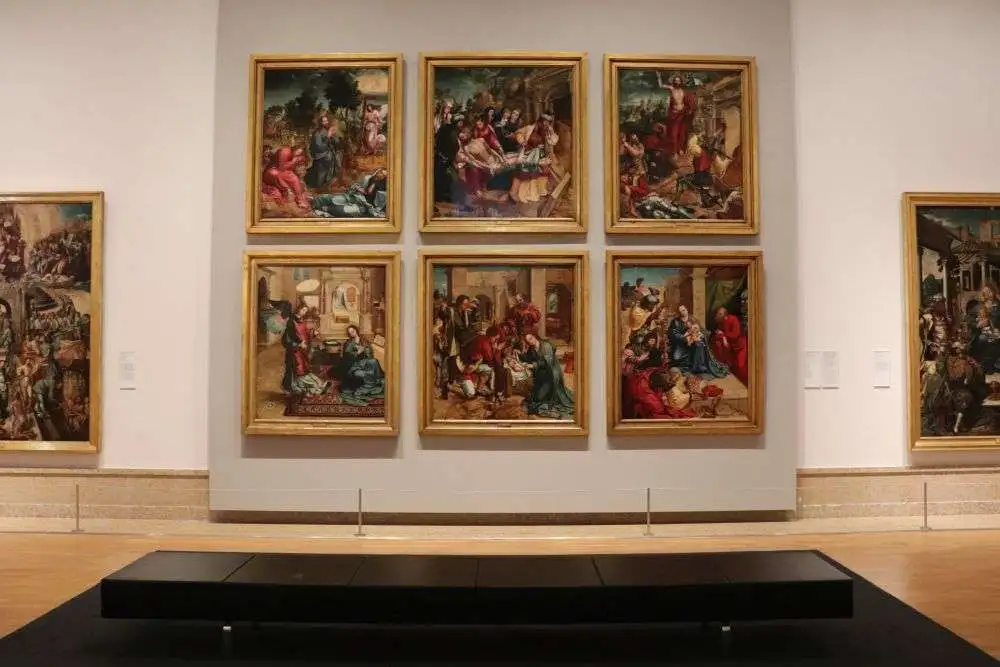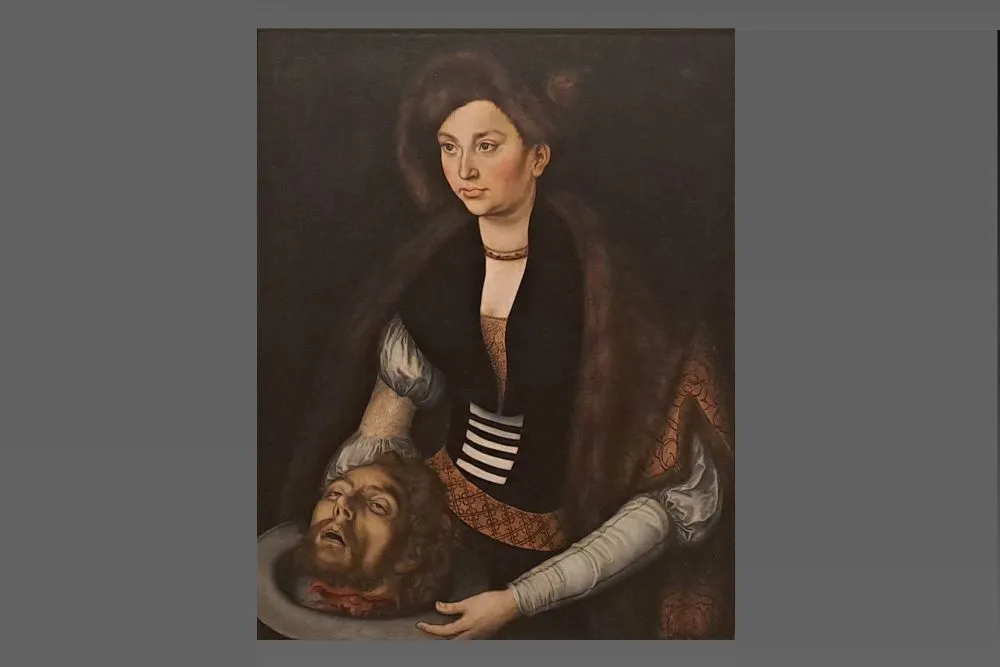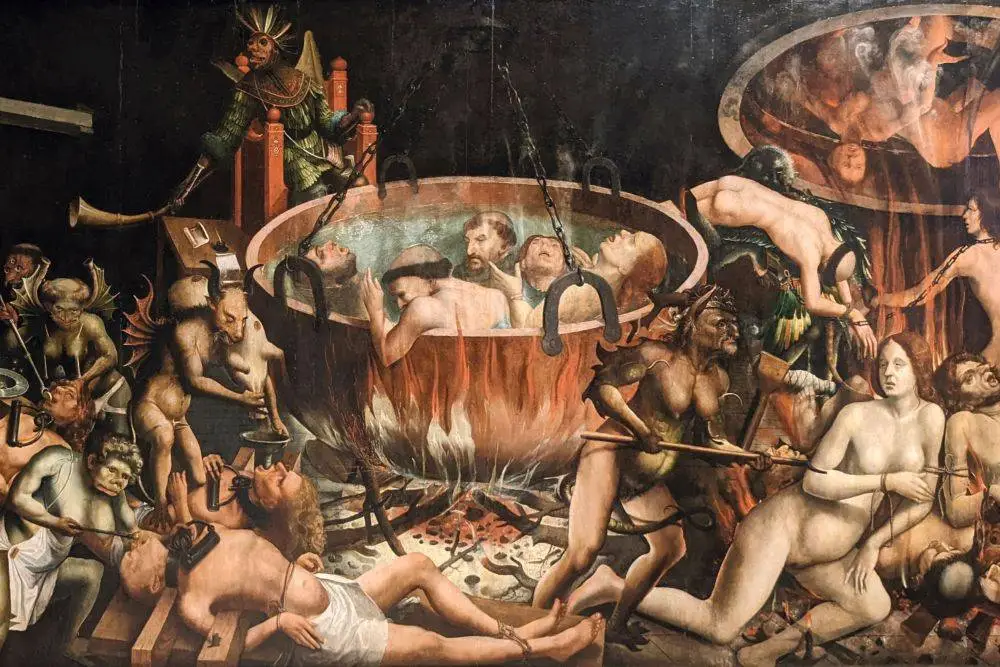- Home
- Museum Guided Tours
- Ancient Art
- Private Tour
Discover some of the highlights of the MNAA, in a 2hrs private tour with a licensed guide.
Marvel at masterpieces by Bosch, Dürer or Cranach and other artists from the museum's 40,000 items collection.
Explore some of Portugal's national treasures and travel through the history of art from the 12th to the 19th centuries.
Explore some of Portugal's national treasures and travel through the history of art from the 12th to the 19th centuries.
Book
Schedule
| tour suspended until May 2026 | (partial renovation work on the museum) |
Meeting Point
| At the main entrance / Ticket office |
Price
per person| 2 people | 78€ |
| 3-4 people | 59€ |
| 5-6 people | 40€ |
| 7-8 people | 33€ |
| Ticket (extra) | 7.5€ to 15€ |
- Admission Tickets to the MNAA
(if option selected) - English-Speaking Licensed Guide
- Hotel pickup and drop-off
- Temporary Exhibits
Ancient Art Museum (MNAA)
Private Guided Tour
Private Guided Tour
Discover some of the highlights of the Ancient Art National Museum (MNAA) with a licensed guide. Take a 2hrs private guided tour, for an intimate experience, and get a flavor of the largest number of national treasures of Portugal.
On this guided highlights tour, you will cover 7 to 8 pieces at multiple galleries, ranging from paintings to sculpture, goldsmithing, as well as decorative arts from Europe, Africa and the Far East.
Embark on a journey through the history of art and hear interesting stories about artists and their pieces. Admire the spectacular Belém Monstrance, unravel the mysteries of Bosch's Temptations of St. Anthony, as well as the unique Namban folding screens.
Home to the most important Portuguese public collection of art, comprising around 40,000 items, there is no shortage of things to see. At the end of your guided tour, take your time to appreciate the museum's vast collection.
Ancient Art Museum Guided Tour | Highlights
Temptations of St. Anthony
Jheronymus Bosch (1498)
The Triptych of Temptations of St. Anthony, by the Flemish Primitive painter Bosch, portrays symbolically the spiritual torments endured by Saint Anthony the Great, a popular subject in Medieval and Renaissance art. Full of fantastic imagery, horrendous scenes and characters; it displays the most recurrent theme of Bosch’s work, the temptation and loneliness of the just man when faced with evil.
Namban Folding Screens
Kano Naizen (1570-1616); 2nd pair: Kano Domi
More than art, the screens are important historical documents about the relations between Portugal and Japan, as they portray the arrival of Portuguese ships in Nagasaki. Namban art refers to Japanese art of the 16th and 17th centuries influenced by contact with the Namban - "Southern Barbarians", the Europeans and specifically the Portuguese.
Belém Monstrance
Gil Vicente (1506)
Considered the masterpiece of Portuguese goldsmithing, it is made of gold and polychrome enamels in late Gothic style. Commissioned by King Manuel I, it was made with the gold paid as tribute by the king of Kilwa (in present-day Tanzania), as a sign of allegiance.
St. Jerome
Albrecht Dürer (1521)
Dürer's masterpiece, which here presents the patron saint of Christian humanists as a wise old man. Melancholic, he meditates on death and the condition of human life, and his gaze questions and involves us. The importance given to light stands out, both in the skull and especially in the saint's beard and skin.
Towards the end of his life, he made this painting that had a huge impact. Dozens of artists did their own version of the saint. This is a Jerome that is close to us, who looks at us intensely, becoming a challenging figure with his hand on the skull. Most of his work is about capturing the human aspect, what makes us all human.
Salome with the Head of St. John the Baptist
Lucas Cranach, the Elder (1510)
Perfect example of the painter's female universe, where grace can be both a virtue and a seductive perversion. It begins a series of works around the theme of female power and women's wiles, very present in the German Renaissance. In this painting, Cranach conveys that Evil can be associated with greater Beauty, this being his oldest representation of the theme.
In this Salome, we can also see the new style created by Cranach, the flat Wittenberg style. Anti-realistic, keeping the image as far away as possible from the risk of becoming an icon or object of veneration. Sacred imagery is linked to the profane, mixing religious and secular. After all, he was the painter of the Protestant Reformation.
He is still highly sought after today and fetches high prices at auctions. But it's rare to find Cranachs for sale.
Two-headed fountain
Unknown author (1501-1515)
Enigmatic and rare piece from the Manueline period, consisting of a twisted column that simultaneously represents King Manuel I and his sister and former Queen Leonor.
Hell
Unknown Portuguese master (1510-1520)
Peculiar mediaeval picture of Hell, related to the deadly sins, where the demonic world is associated with the universe outside Europe - Lucifer has a headdress of Amerindian feathers, is sitting on an African chair and holding an African-looking ivory horn.
A unique work among 16th century Portuguese painting, in terms of iconography. Social criticism, revealing the national morality of the Discoveries period.
For hundreds of years, it was also the most daring representation of the female nude in all of Portuguese painting. It reaches our time because it spent centuries practically hidden, escaping destruction by the Inquisition.
The Adoration of the Magi
Domingos Sequeira (1828)
Panoramic oil painting that depicts the arrival of the Magi's procession to Bethlehem.
The light is the true protagonist of the scene, shining brighter than anything else, and transforming the story into the manifestation of the divine.
A large vision with around 150 characters straight out of tales from the Arabian Nights, with camels, elephants and Chinese parasols, which blend into the landscape.
Important piece not only for its aesthetic value, but also for the symbolic value of its purchase by the public. In 2016, 15,000 Portuguese people (individuals and institutions) took part in the first crowdfunding campaign in Portugal to acquire a work of art for a public museum. A high point in the country's civic life.
Last Reviews
Fabulous Ancient Art Museum Tour
"Loved it! Our guide was wonderful and made our 2 hour tour interesting. The museum is very quiet, a world class hidden gem with Bosch, Durer and so much more. It´s huge so it really helped to have a knowledgeable guide breaking it down. Highly recommended!"
Ashley Myers (NYC, US)
The best private museum tour
"Private tour with Sandra was excellent. She clearly loves art and history. Highlighted the museum! Loved the backstories and her insights."
Sarah Hunt (London, UK)
Great museum. Great guide
"This museum was a surprise for us. Very comprehensive, beautifully curated. From renowned artists such as Bosch, Durer, Cranach, to Portuguese we didn't know about. Our guide was wonderful. Her depth of knowledge was incredible and she brought art to life."
Patrick Foster (Phoenix, US)
Our LISBON TOP TOURS
Check out the BEST day trips from Lisbon, Portugal!
Popular TRANSFERS from/to LISBON
Frequently Asked Questions about Ancient Art Museum (MNAA) Guided Tour
How do I get to the Museum of Ancient Art?
By public transport - Bus 713, 714 (departs from Praça da Figueira) or 727.
By taxi or Uber, from downtown Lisbon, costs between 5 and 8 euros.
Can I bring a backpack into the MNAA?
You can leave your backpack in the locker room (free of charge). For security reasons, the use of a locker is mandatory for all bags exceeding 30×30×20cm (12x12x8 inches).
Also for security reasons, it is prohibited to carry bottles/containers with liquids.
How much time do I need at the museum after the guided tour?
You can designate 2 extra hours. With around 40 thousand items, there is no shortage of things to see.
